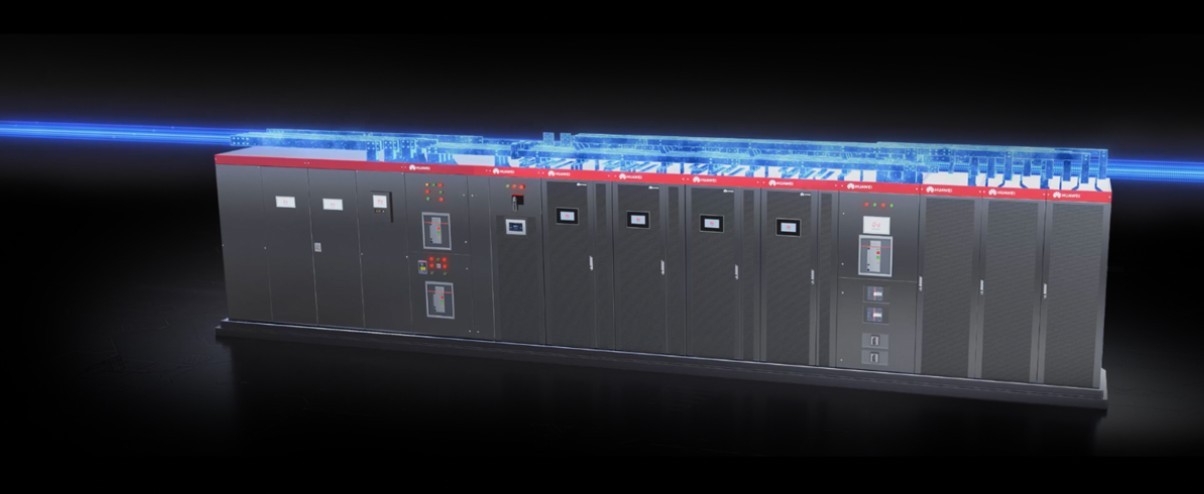Top Trends in IDC Data Center Infrastructure
IDC data center architecture is continuously developing in response to demands for more efficiency, intelligence, and speed. Businesses strive to maximize their digital operations by implementing scalable, secure, and high-performance environments. AI, edge computing, and green power solutions are transforming how contemporary data centers work. As digital transformation increases across sectors, businesses invest in strong infrastructure to accommodate growing workloads while being cost-effective. These advancements press suppliers to create future-ready solutions that combine energy efficiency and performance. Understanding current developments in IDC infrastructure is critical for organizations looking to remain competitive and satisfy the expanding expectations of digital ecosystems.
What Are the Key Drivers of Modern IDC Infrastructure Trends?
Data Centers’ Increasing Use of AI and Machine Learning
Data center operations are being revolutionized by AI and machine learning, which enhance automation, predictive maintenance, and energy management. These technologies make real-time analytics, intelligent task distribution, and anomaly detection possible. The massive computing needs of AI training and inference models are now met by IDC’s data center solutions. These goals need fast GPU processing and great power density from the infrastructure. Providers are creating scalable and energy-efficient solutions to meet this need. One of the main objectives for businesses participating in long-term digital competitiveness is to build infrastructure that facilitates smooth, intelligent computing as the usage of AI grows.
Growing Need for Sustainable and Green Infrastructure
Energy usage and carbon emissions pose significant issues in data center operations. Companies are increasingly prioritizing sustainability in their IDC data center strategies. They are implementing energy-efficient cooling systems, renewable energy, and intelligent power distribution. This movement is driven by government legislation as well as business ESG aims. Green technologies not only have a reduced environmental effect but also decrease long-term operating expenses. HUAWEI FusionPower6000 is a smart, environmentally friendly power system that combines intelligent battery management with low-loss power modules. Sustainability is no longer a choice; it is a vital corporate objective. Organizations that implement green infrastructure get a competitive edge and improve their company brand in more environmentally concerned markets.
Demand for High-Speed, Low-Latency Connectivity
Real-time applications, such as streaming, gaming, and financial trading, need ultra-fast and low-latency connections. IDC data center architecture must now enable quick data interchange across many regions. High-performance fiber optics, 5G integration, and intelligent routing are driving these capabilities. Enterprises need dependable connections to decrease latency, assure availability, and fulfill end-user expectations. Infrastructure requires continuous and steady electricity, which is enabled by modern modular systems. Reduced latency has a direct influence on application performance, customer happiness, and company operations. As connection needs grow, infrastructure must develop to meet the demands of a global, real-time digital world.
How Are Companies Adapting to Edge Computing and Distributed Models?
A Shift from Centralized to Distributed Infrastructure
The old centralized data center paradigm is giving way to distributed infrastructure, which will facilitate low-latency applications and regional data processing. Businesses are installing micro-data centers closer to end customers to reduce delays and boost responsiveness. This paradigm makes mobile computing, IoT, and real-time analytics more effective. IDC data center providers must now provide scalable infrastructure that can be readily deployed across several edge locations. Modular solutions are critical to this transformation because they enable rapid deployment while maintaining power and thermal stability. The transition to distributed infrastructure enables businesses to function more quickly, keep more control over data, and enhance the customer experience.
Integration of Edge and Cloud for Real-Time Processing
Integrating edge computing with cloud platforms provides the best of both worlds: real-time processing close to the user and centralized data management. This paradigm is used in enterprise applications such as AI inference, autonomous systems, and industrial automation. Data is handled at the edge to enable fast operations, while cloud systems manage storage, training, and analytics. This strategy lowers latency and bandwidth expenses. IDC’s data center initiatives now feature a hybrid edge-cloud architecture backed by modular, intelligent energy infrastructure. Solutions such as the Huawei FusionPower6000 offer constant performance and dependability on both ends. Such integration optimizes operations and improves service delivery in latency-sensitive applications, resulting in more agility and operational flexibility.
Impact on Network Architecture and Design
As edge computing gains popularity, network architecture must adapt to enable dispersed processing and safe data flows. Traditional topologies are being superseded by flatter, more linked models. Businesses are using SD-WAN, software-defined networking, and automation technologies to manage complicated data traffic patterns. IDC data center networks must emphasize dependability, scalability, and security. Power and cooling systems must also adjust to provide optimal operation in remote and hybrid settings. This architectural modification enables dynamic workloads, simplifies compliance with data localization rules, and provides resilience. Thoughtful network design is essential for ensuring operational continuity across hybrid systems that need high dependability.
Conclusion
The landscape of idc data center infrastructure is rapidly transforming and is shaped by emerging technologies, environmental pressures, and evolving business demands. AI integration, renewable energy, and edge computing are not just impacting infrastructure but also defining it. Companies that change proactively will improve their performance, efficiency, and user pleasure. Solutions like modular power systems offer scalable, sustainable, and intelligent operations in changing settings. As digital ecosystems become more complex, integrating infrastructure and innovation becomes critical. To stay ahead, invest in flexible, future-ready technologies that enable real-time, secure, and environmentally responsible operations that are aligned with changing organizational and regulatory requirements.







